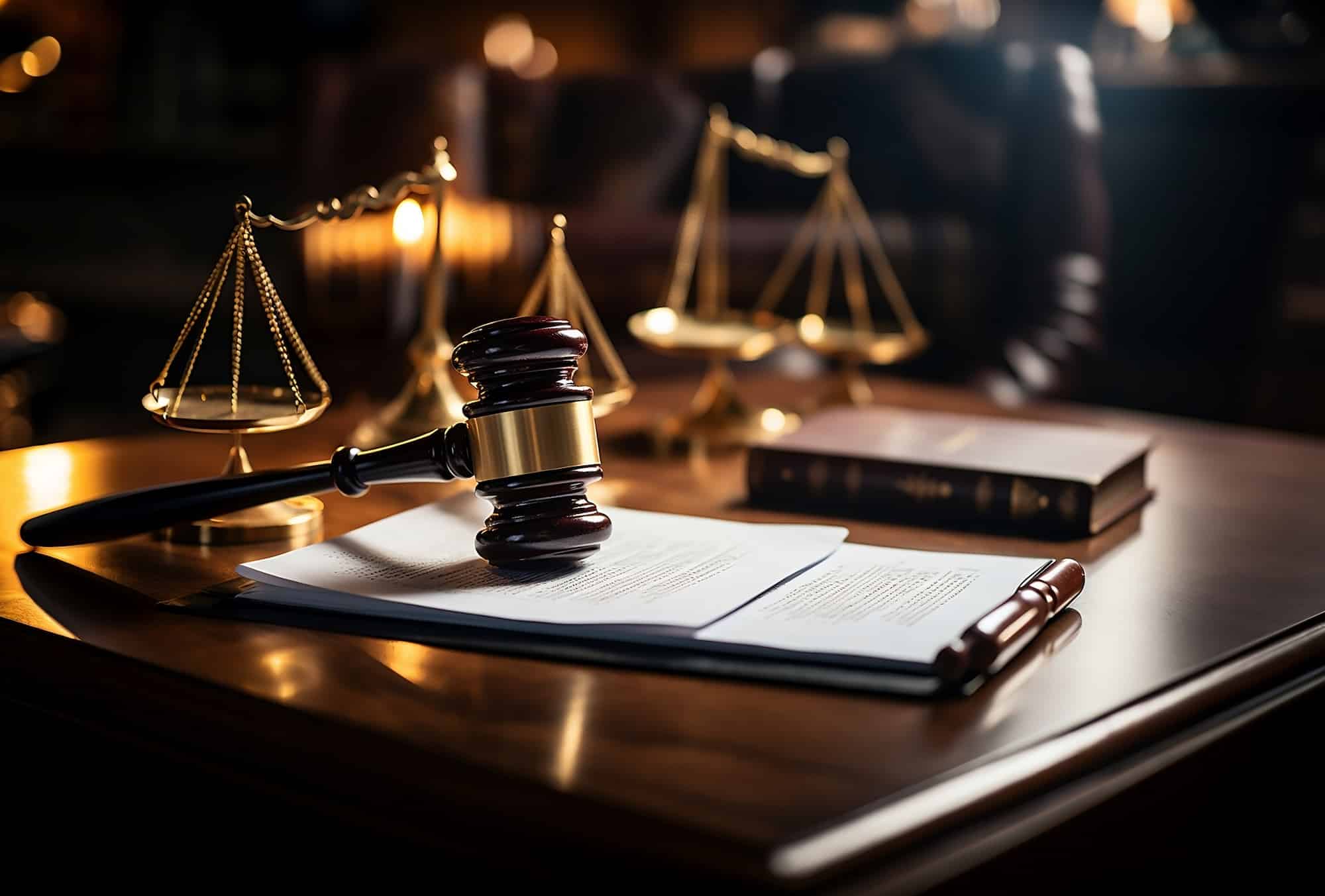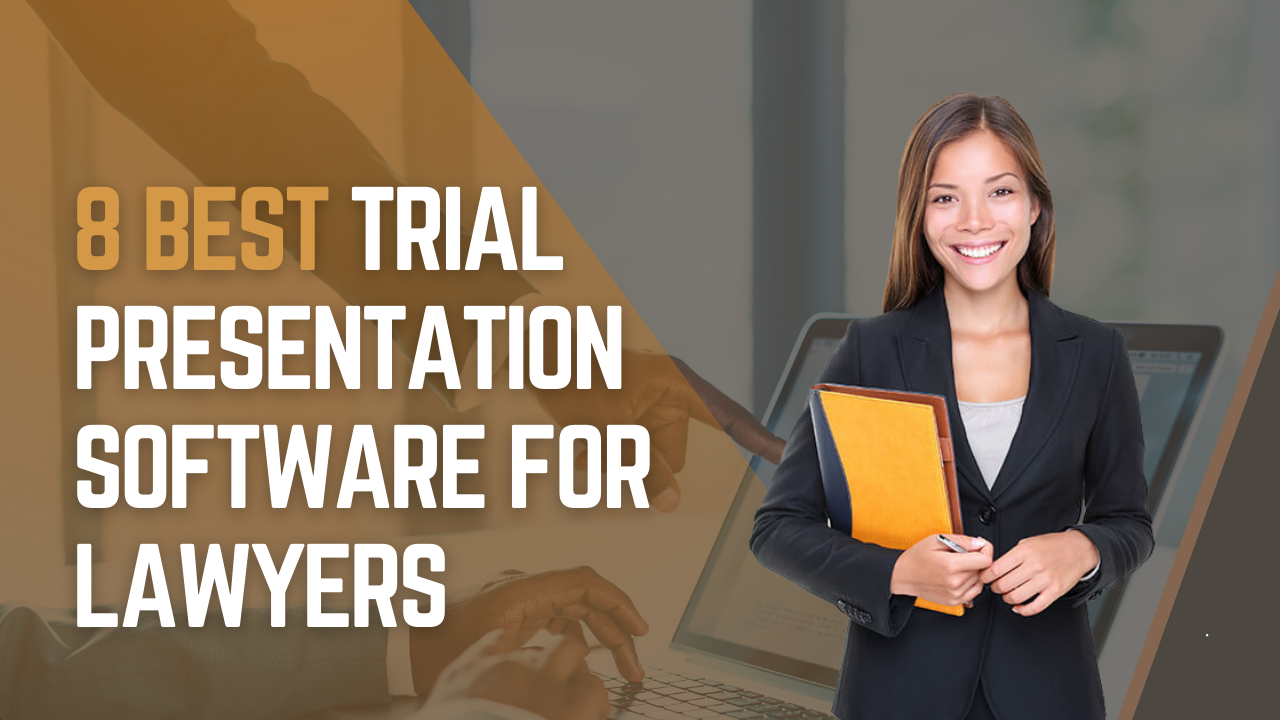Navigating the Intricacies of Trial Presentations: Tips for Seamless Delivery and Engaging Disagreements
In the realm of lawful proceedings, the art of trial discussion stands as an essential factor of success. As lawyers navigate the complex web of court room dynamics, the capacity to perfectly supply arguments and proof while astounding the jury's interest becomes critical. The intricacies inherent in trial discussions require a delicate equilibrium of skill, technique, and skill. By refining strategies that ensure a refined distribution and crafting engaging debates that resonate with the target market, attorneys can considerably improve their campaigning for. In a globe where persuasion preponderates, mastering the complexities of test presentations is not merely an option however a requirement for those looking for to dominate in the court.

Comprehending Test Purposes
To effectively navigate a trial, it is important to have a clear understanding of the goals that require to be attained. Prior to stepping into the court room, lawful teams must define their goals and wanted end results. These goals function as directing concepts throughout the trial, shaping methods and influencing decision-making processes.
Comprehending trial goals includes an extensive evaluation of the case, lawful criteria, and the customer's ideal passions. Trial Presentations. It needs a careful assessment of the truths, determining essential issues, and anticipating prospective obstacles. By setting quantifiable and specific goals, lawyers can customize their disagreements and presentations to line up with the desired outcomes
In addition, a clear understanding of trial purposes makes it possible for legal teams to focus on evidence, witnesses, and legal debates properly. It allows for the growth of a systematic story that resonates with the discretionary, strengthening the total situation presentation.

Organizing Proof Properly
Having a clear understanding of test objectives lays the structure for organizing proof effectively in legal proceedings. By straightening the discussion of evidence with the wanted outcomes of the test, legal teams can reinforce their arguments and boost their persuasiveness.
Another crucial element in organizing proof efficiently is establishing a logical circulation. Presenting evidence in a sequential and systematic manner can assist construct a compelling narrative that sustains the lawful arguments being made. In addition, using visual help such as graphes, timelines, or charts can even more improve the company of evidence and assist in clarifying complicated partnerships or sequences of events.
Moreover, ensuring that all evidence offered is admissible and appropriate to the situation is essential. Unnecessary or inadmissible proof can interfere with the strength of the debate and potentially damage the reliability of the providing celebration. Consequently, a thorough review and selection process should be undertaken to include only one of the most lawfully sound and impactful evidence in the trial presentation.
Crafting Convincing Narratives
Crafting engaging narratives plays a crucial duty in presenting convincing arguments throughout lawful procedures. When creating a narrative for a test presentation, it is crucial to establish a clear story that highlights key points and links them in a coherent way. By weaving together evidence, testament, and legal disagreements right into a persuasive and cohesive story, lawful professionals can efficiently support for their clients and enhance the chance of a beneficial result in the court room.
Understanding Visual Aids
Efficient usage of aesthetic aids is essential to enhancing the effect and quality of test presentations. Visual aids, Our site when used purposefully, have the power to streamline intricate information, reinforce essential factors, and leave a long-term impact on the judge and court. To understand visual aids in trial presentations, it is important to make sure that they are clear, succinct, and pertinent to the debates being made.
When incorporating visual aids, such as charts, timelines, charts, or pictures, into a trial presentation, it is vital to keep them visually appealing yet professional. The visuals ought to complement the verbal debates, supplying a visual representation of the details being talked about without overwhelming the audience with unneeded information.
In addition, exercising with the visual aids ahead of time is important to guarantee a seamless distribution throughout the trial. Familiarizing oneself with the content, changes, and timings of each aesthetic aid can help keep the circulation of the presentation and prevent technological problems that might emerge.
Delivering Impactful Closing Disagreements
An engaging closing argument serves as the end result of a trial discussion, enveloping the core narrative and encouraging the judge and jury towards a desirable decision. Begin by laying out the main disagreements that sustain your client's setting, stressing why the evidence provided throughout the test sustains your narrative.
In my explanation addition, including psychological allure can further strengthen your closing argument. Ultimately, a well-crafted closing argument should leave a long lasting impression, compelling the judge and court to rule in your customer's support.
Final Thought
In verdict, grasping trial presentations entails understanding goals, arranging evidence, crafting narratives, utilizing visual help, and supplying impactful closing disagreements. By carrying out these methods efficiently, attorneys Trial Presentations can present their instance flawlessly and make engaging disagreements in the court room. It is vital to browse the complexities of test discussions with precision and skill to attain success in legal proceedings.
By straightening the discussion of evidence with the wanted end results of the trial, lawful groups can reinforce their disagreements and enhance their persuasiveness (Trial Presentations). To understand aesthetic aids in test presentations, it is essential to make certain that they are clear, succinct, and relevant to the debates being made
A compelling closing argument offers as the culmination of a test presentation, encapsulating the core story and persuading the court and jury in the direction of a positive decision. Begin by detailing the main debates that support your customer's position, stressing why the evidence offered throughout the trial sustains your narrative.In conclusion, mastering trial discussions includes recognizing goals, arranging evidence, crafting stories, making use of visual help, and delivering impactful closing disagreements.